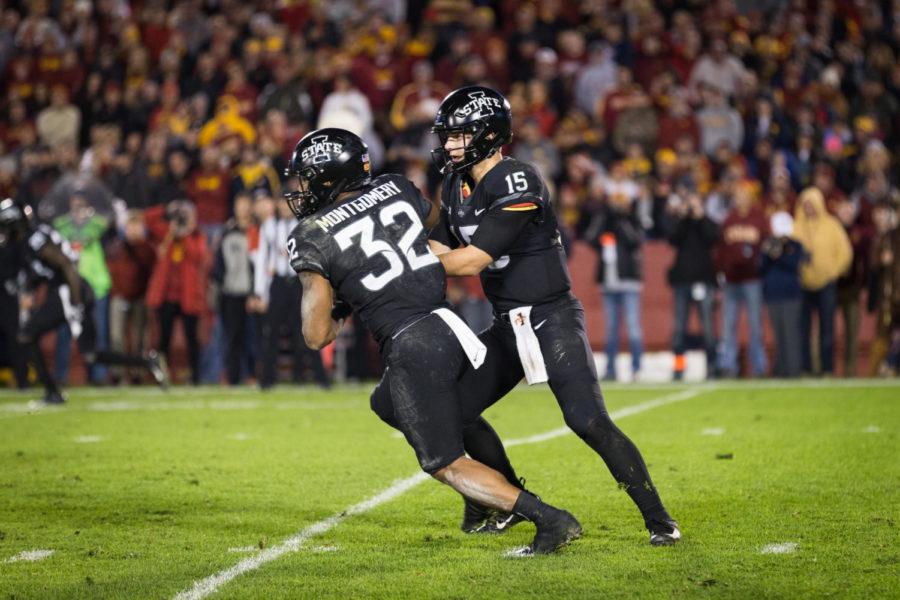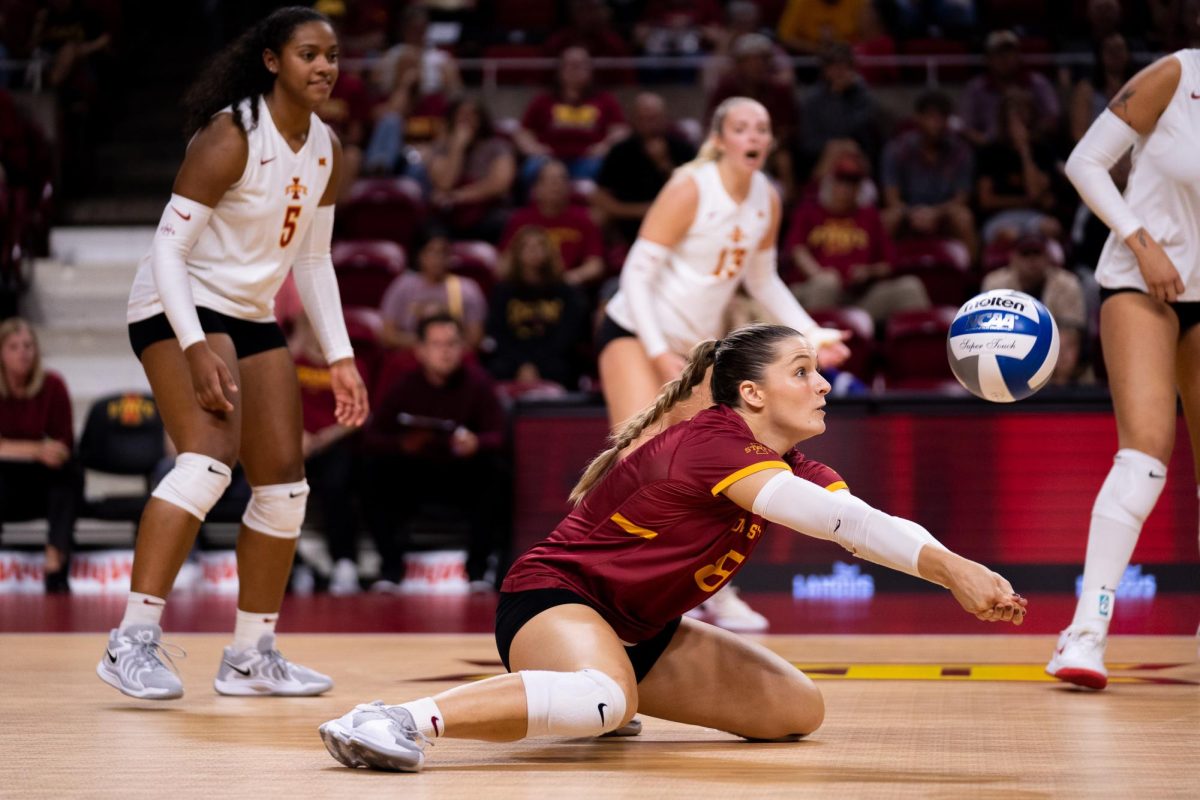NASA grant to help ISU study space food
September 15, 1999
A $2.5 million grant from NASA will provide money for a center at the ISU Research Park to study issues in food growth, preparation and storage for use in space and on Earth.
“Having partnerships such as the one at ISU foster the research effort,” said Dennis Olson, professor of animal science, who will be named director of the new National Food Technology Commercial Space Center.
Last week, five Iowa State professors, including Olson and Anthony Pometto, professor of food science, spent two days at NASA in Houston.
“Iowa State is in a good position to work productively with NASA on a project like this,” Pometto said. “NASA wants to see that everything we do has an industry link. Iowa State has that and an applied sciences approach.”
Olson said the first day was spent discussing what had been done in the past with food for shuttle missions and what was planned for the International Space Station. The second day focused on food issues for exploratory missions, such as establishing moon colonies and missions to Mars.
Dean of Agriculture David Topel, Maytag representative Greg Jordan and Olson will travel to Houston on Oct. 5 for the official announcement of the grant. Olson will be named director at that time.
Edward Campion, media operations chief for NASA, said NASA is looking at food issues from the perspective of long-duration space flight.
A mission to Mars would take about two years with NASA’s current propulsion capabilities, Campion said. Embarking on a flight of this magnitude has presented many new challenges to researchers, including how to provide enough food to last that long.
Uses for the space research here on Earth also is in the back of NASA researchers’ minds.
“Terrestrial market uses bring the benefit home,” Campion said. “You can’t anticipate the spin-offs [from space research].”
He said many of the technologies that came from research prior to the first moon landing now have applications in modern-day science.
“The Magnetic Resonant Imaging (MRI) systems used to chart the moon before that first landing are now used in hospitals, and advanced air systems for firefighters came from research for the space walk,” he said.
According to a NASA press release, the research center, officially named the National Food Technology Commercial Space Center, will be a cooperative effort between ISU and NASA with other partnerships coming from corporations.
Olson said four companies have signed on to the project: Kraft Foods, Maytag, Pioneer and Hy-Vee. Each of these companies has pledged its support of $50,000 per year for the five-year duration of the project.
The ISU/NASA alliance also will offer something for students.
“The new ISU partnership with NASA would provide opportunities for student internships during the summer in a variety of areas,” Olson said.
Vickie Kloeris and Donald Henninger, two NASA representatives, will give an open seminar titled “Space Food Consortium with Iowa State University” on Sept. 22 at 4:10 p.m. in Room 118 of Horticulture Hall.






